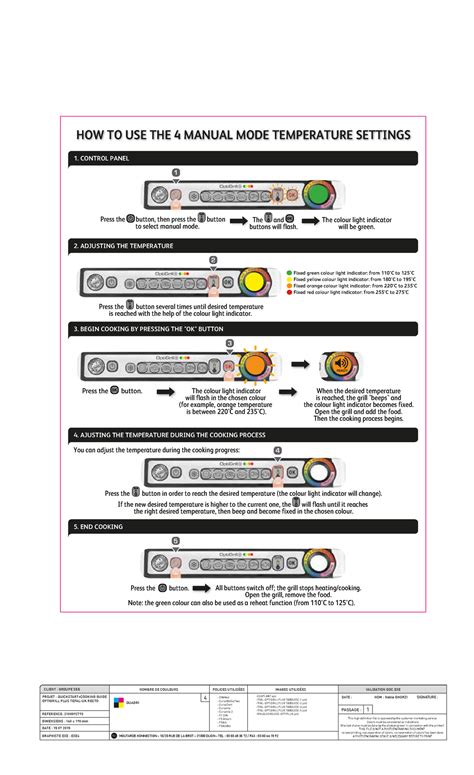Mastering Telfa in Minutes: Your Quick Start Guide
Telfa pads are a staple in many first-aid kits and medical settings, known for their absorbent and non-adherent properties. But understanding their proper application can make a significant difference in wound care. This quick-start guide will provide you with the essential knowledge to confidently use Telfa dressings. Whether you're a medical professional looking for a refresher or a first-aider seeking to expand your skills, this guide will help you master Telfa in minutes.
What is Telfa?
Telfa is a type of non-adherent dressing, meaning it doesn't stick to the wound itself. This is crucial because removing a sticky dressing can cause further trauma and pain, potentially disrupting the healing process. The pad is typically made of a soft, absorbent material, often a blend of cotton and rayon or other synthetic materials, which is then coated with a thin layer of non-adherent material, usually a silicone-based substance. This prevents the dressing from adhering to the wound bed, making it easy to remove without disturbing the healing tissue.
When to Use Telfa
Telfa dressings are versatile and suitable for a variety of wound types, including:
- Minor wounds: Scrapes, abrasions, and minor cuts are ideal candidates for Telfa dressings. The non-adherent nature prevents sticking, minimizing pain during dressing changes.
- Burns (minor): Telfa can provide a protective barrier over minor burns, allowing for better healing and preventing infection.
- Post-surgical wounds: In some cases, Telfa might be used as a secondary dressing over a primary dressing, offering protection and absorption.
- Wounds requiring frequent dressing changes: Its easy removal makes it particularly useful for wounds that need frequent attention.
Important Note: Always consult a healthcare professional for severe wounds, deep wounds, or wounds showing signs of infection. Telfa is not suitable for all wounds, and proper assessment is crucial.
How to Apply Telfa
Applying a Telfa dressing is straightforward:
- Clean the wound: Gently clean the wound with mild soap and water, or a recommended antiseptic solution. Remove any debris or foreign material.
- Dry the wound: Ensure the wound is completely dry before applying the dressing. Moisture can impede healing and promote bacterial growth.
- Apply the Telfa pad: Carefully place the Telfa pad directly over the wound, ensuring complete coverage.
- Secure the dressing: Use medical tape or a bandage to secure the Telfa pad in place. Avoid wrapping too tightly, as this can restrict blood flow.
- Monitor the wound: Regularly check the wound and dressing for any signs of infection (increased pain, swelling, redness, pus, or foul odor).
How Often Should I Change a Telfa Dressing?
The frequency of Telfa dressing changes depends on several factors, including the type and severity of the wound, the amount of drainage, and the doctor's recommendations. Generally, you should change the dressing when it becomes visibly soiled, wet, or if there is excessive drainage. In some cases, a daily change might be necessary, while others may only require a change every few days. Always follow your healthcare provider’s specific instructions.
What are the Alternatives to Telfa?
Several other types of non-adherent dressings are available, each with its own strengths and weaknesses. Some examples include:
- Xeroform: A gauze dressing impregnated with petrolatum, offering a barrier to protect wounds.
- Adaptic: A non-adherent dressing with a soft, absorbent pad.
Is Telfa Sterile?
Most Telfa dressings are sold as sterile. However, always check the packaging to ensure sterility before use. Using a non-sterile dressing on an open wound increases the risk of infection.
Can I Use Telfa on Infected Wounds?
No, Telfa should not be used on infected wounds. Infected wounds require specific treatment and the use of appropriate antimicrobial dressings to prevent further complications. Always consult a doctor for the management of infected wounds.
Conclusion
Mastering the use of Telfa dressings is simple and can significantly improve wound care. By following these steps and understanding its applications, you can confidently use Telfa to promote faster healing and minimize discomfort. Remember, this guide is for informational purposes only, and always consult a medical professional for personalized advice regarding wound care.

